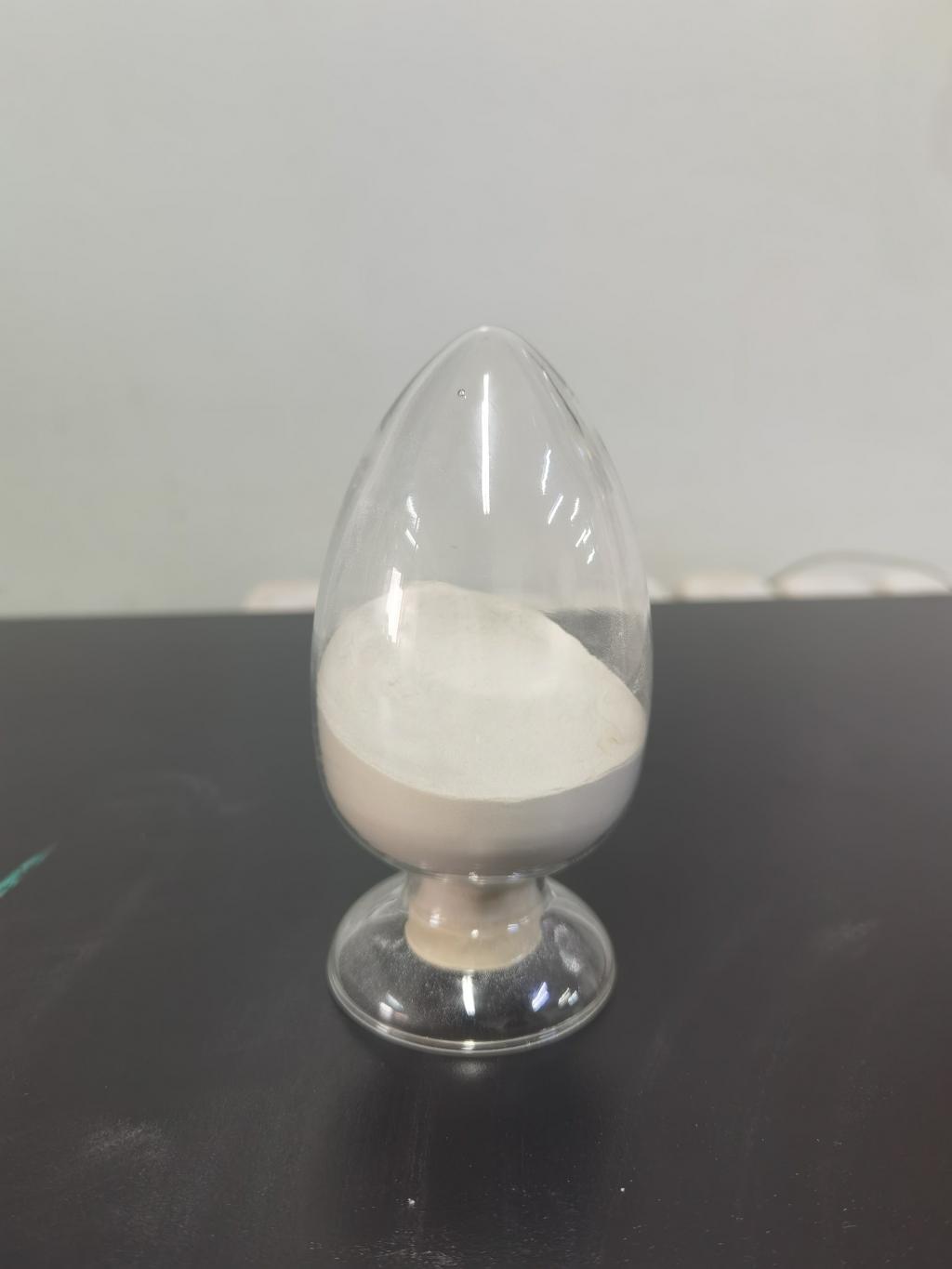Tel:0086 18231198596

News
The economic implications of adopting Nisin-based preservation methods for food manufacturers.
TIME:2024-04-23
Nisin has demonstrated broad-spectrum antimicrobial activity against a wide range of Gram-positive bacteria, including those responsible for food spoilage and foodborne illnesses. Its effectiveness, coupled with its natural origin, makes it an attractive option for food preservation. However, the adoption of nisin-based preservation methods entails various economic considerations that food manufacturers must carefully evaluate.
Cost Savings:
One of the primary economic benefits of adopting nisin-based preservation methods is cost savings. Compared to traditional preservatives, nisin is derived from fermentation processes, which can potentially reduce production costs. Additionally, nisin's potency means that lower concentrations are required for effective preservation, further reducing usage costs. Moreover, the extended shelf life offered by nisin may result in reduced waste and inventory management expenses for manufacturers.
Market Opportunities:
The growing consumer demand for clean-label and natural food products presents significant market opportunities for food manufacturers utilizing nisin-based preservation. Products with minimal synthetic additives and preservatives are increasingly preferred by health-conscious consumers. By incorporating nisin into their preservation strategies, manufacturers can align with consumer preferences and differentiate their products in the market, potentially commanding premium prices.
Furthermore, as regulatory bodies worldwide tighten restrictions on synthetic preservatives, the demand for natural alternatives such as nisin is expected to rise. Food manufacturers who proactively adopt nisin-based preservation methods can gain a competitive edge by anticipating and meeting regulatory requirements ahead of their peers.
Regulatory Considerations:
While nisin is generally recognized as safe (GRAS) by regulatory authorities such as the U.S. Food and Drug Administration (FDA) and the European Food Safety Authority (EFSA), its use in food products is subject to specific regulations and maximum allowable limits. Food manufacturers must ensure compliance with these regulations to avoid costly penalties and product recalls. Additionally, regulatory approval processes can entail administrative expenses and time investments, which should be factored into the overall cost-benefit analysis of adopting nisin-based preservation methods.
Challenges:
Despite its potential economic benefits, the adoption of nisin-based preservation methods may pose certain challenges for food manufacturers. One significant challenge is the need for specialized equipment and expertise for incorporating nisin into food products effectively. Manufacturers may incur initial capital expenditures for equipment upgrades or process modifications to integrate nisin into their production lines.
Moreover, the variability in nisin production and availability could impact supply chain stability and pricing. Fluctuations in raw material costs or disruptions in fermentation processes may affect the overall economics of nisin-based preservation methods, requiring manufacturers to implement risk mitigation strategies and alternative sourcing arrangements.
Conclusion:
In conclusion, the adoption of nisin-based preservation methods offers compelling economic advantages for food manufacturers, including cost savings, market opportunities, and regulatory compliance. By leveraging the natural antimicrobial properties of nisin, manufacturers can enhance the shelf life and safety of their products while meeting consumer demand for clean-label foods.
However, the successful implementation of nisin-based preservation methods requires careful consideration of various factors, including production costs, market dynamics, regulatory requirements, and operational challenges. Food manufacturers must conduct thorough cost-benefit analyses and risk assessments to determine the viability of integrating nisin into their preservation strategies.
Overall, while challenges may exist, the economic benefits and market opportunities associated with nisin-based preservation make it a promising avenue for innovation and competitiveness in the food industry. With proper planning and execution, food manufacturers can harness the economic potential of nisin to optimize their production processes and meet evolving consumer preferences for safe, high-quality food products.

 CONTACT
CONTACT




